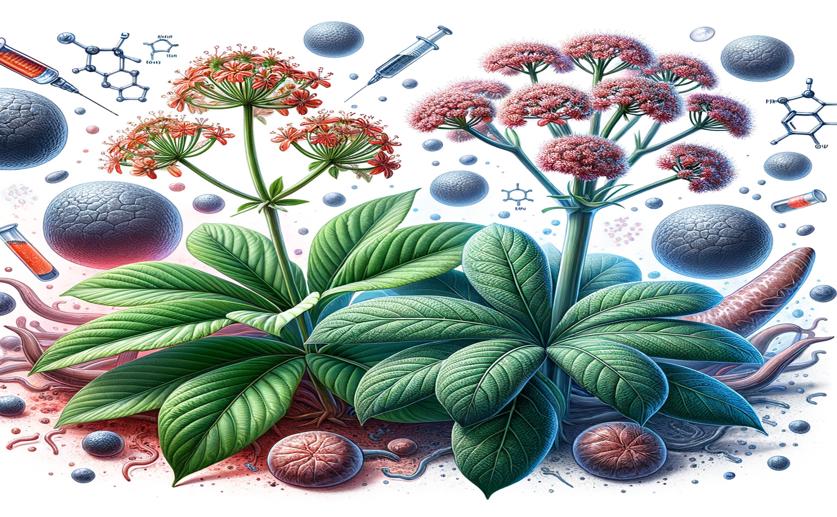
How Valerian and Kava Extracts Affect Liver Enzymes and Protein Transporters
Jenn Hoskins
17th July, 2024

Image Source: Natural Science News, 2024
Key Findings
- Researchers at Universidade Federal de São João del-Rei found that valerian and kava-kava significantly increase the plasma concentration of the sedative midazolam when taken orally
- The study showed that valerian and kava-kava inhibit the intestinal metabolism of midazolam, leading to higher drug levels in the blood without affecting its half-life
- Kava-kava also increased the uptake of the drug fexofenadine in cells, suggesting it may affect drug transport mechanisms, unlike valerian
References
Main Study
1) Evaluation of the Effects of Extracts Containing Valeriana officinalis and Piper methysticum on the Activities of Cytochrome P450 3A and P-Glycoprotein.
Published 16th July, 2024
https://doi.org/10.1055/a-2360-4808
Related Studies
2) Use of complementary and alternative medicine in a large sample of anxiety patients.
3) Plant-based medicines for anxiety disorders, part 2: a review of clinical studies with supporting preclinical evidence.
4) The effectiveness and safety of Kava Kava for treating anxiety symptoms: A systematic review and analysis of randomized clinical trials.
5) Traditional Herbal Medicine in Mesoamerica: Toward Its Evidence Base for Improving Universal Health Coverage.



 14th July, 2024 | Jenn Hoskins
14th July, 2024 | Jenn Hoskins